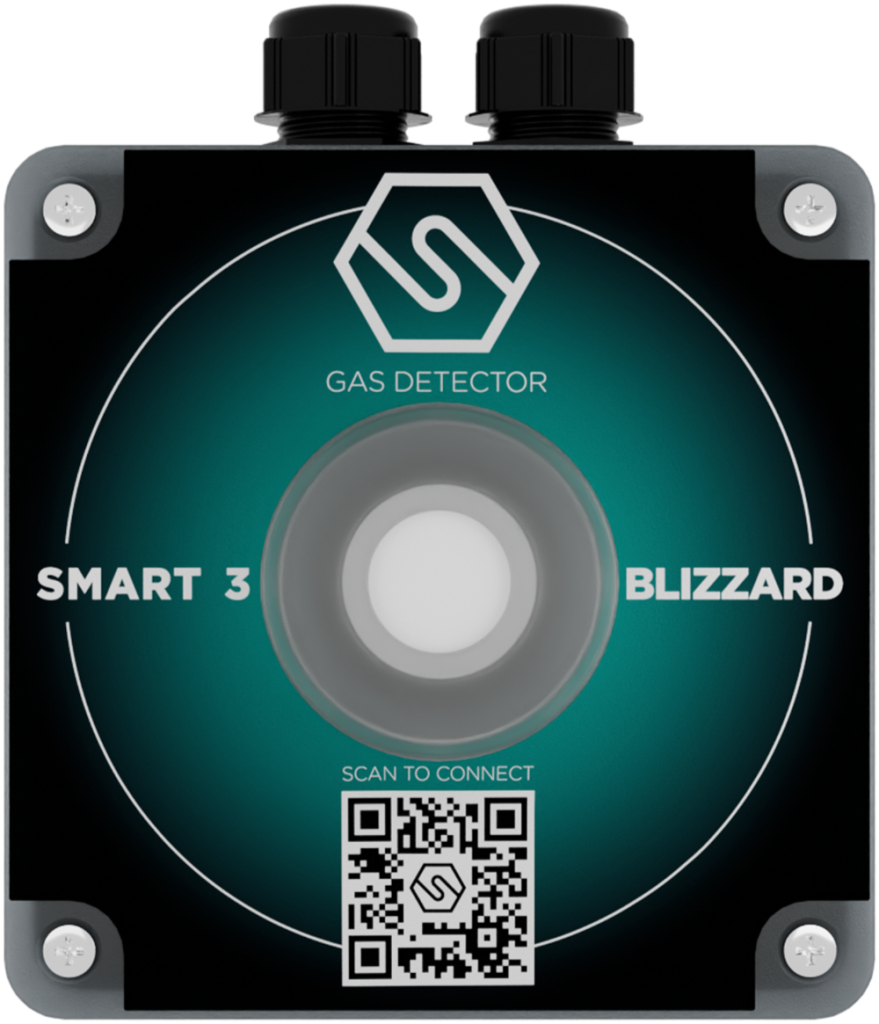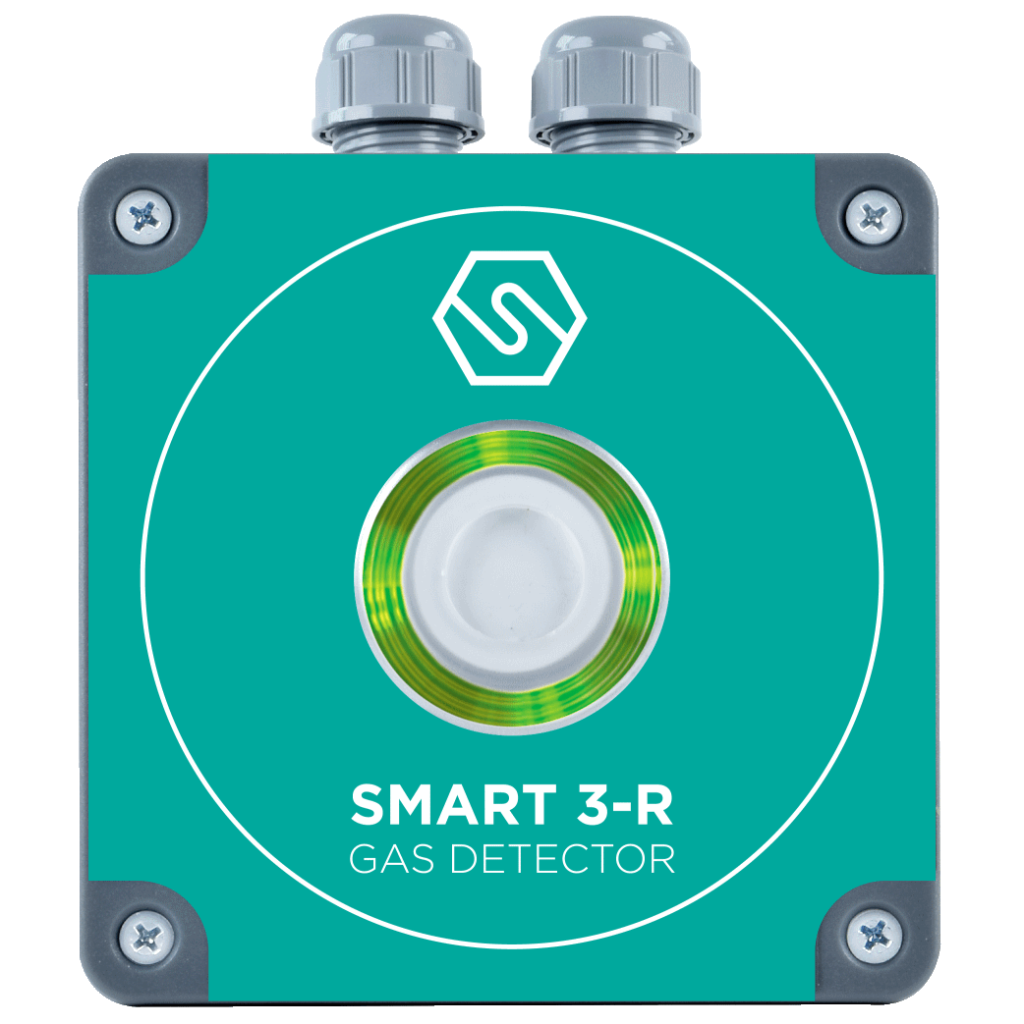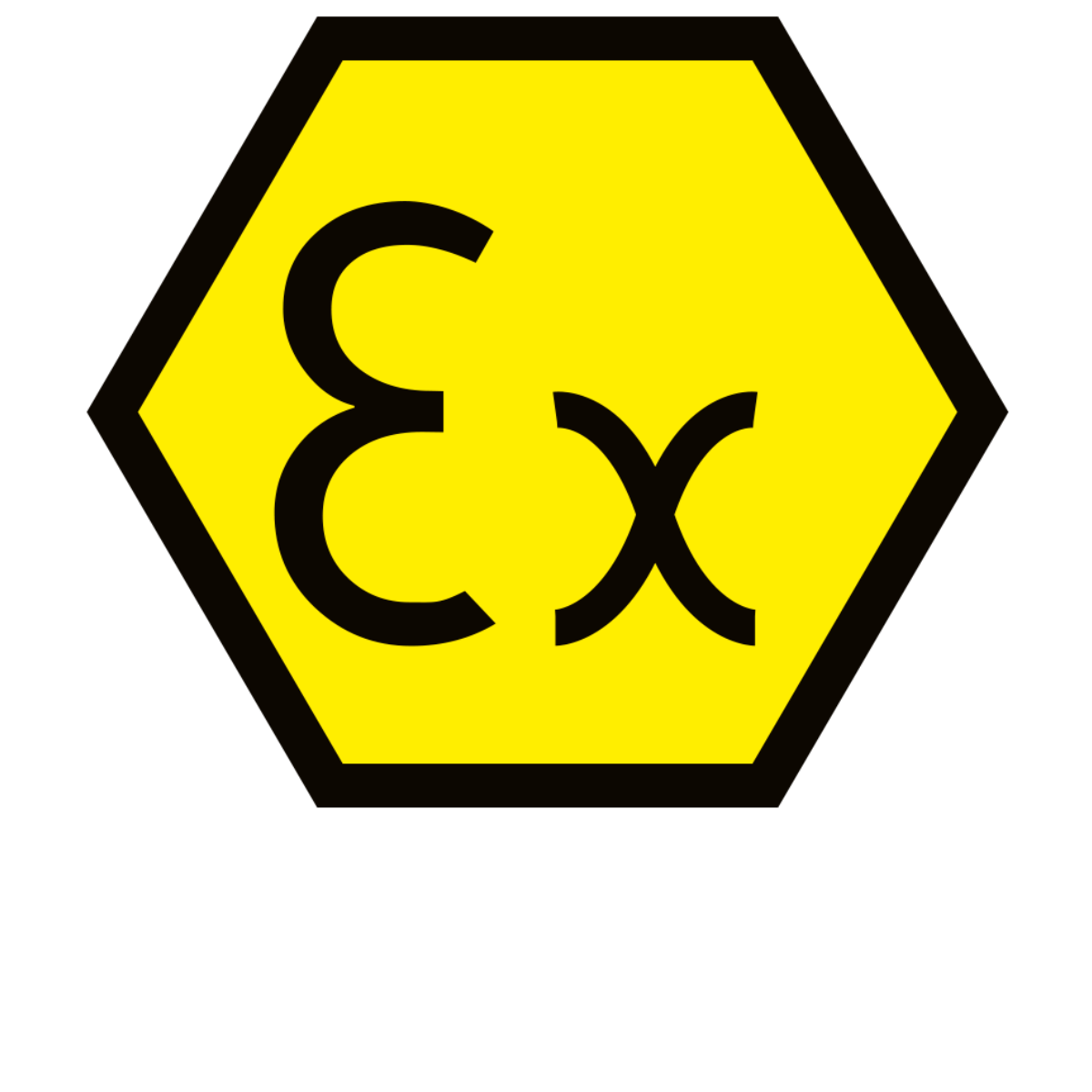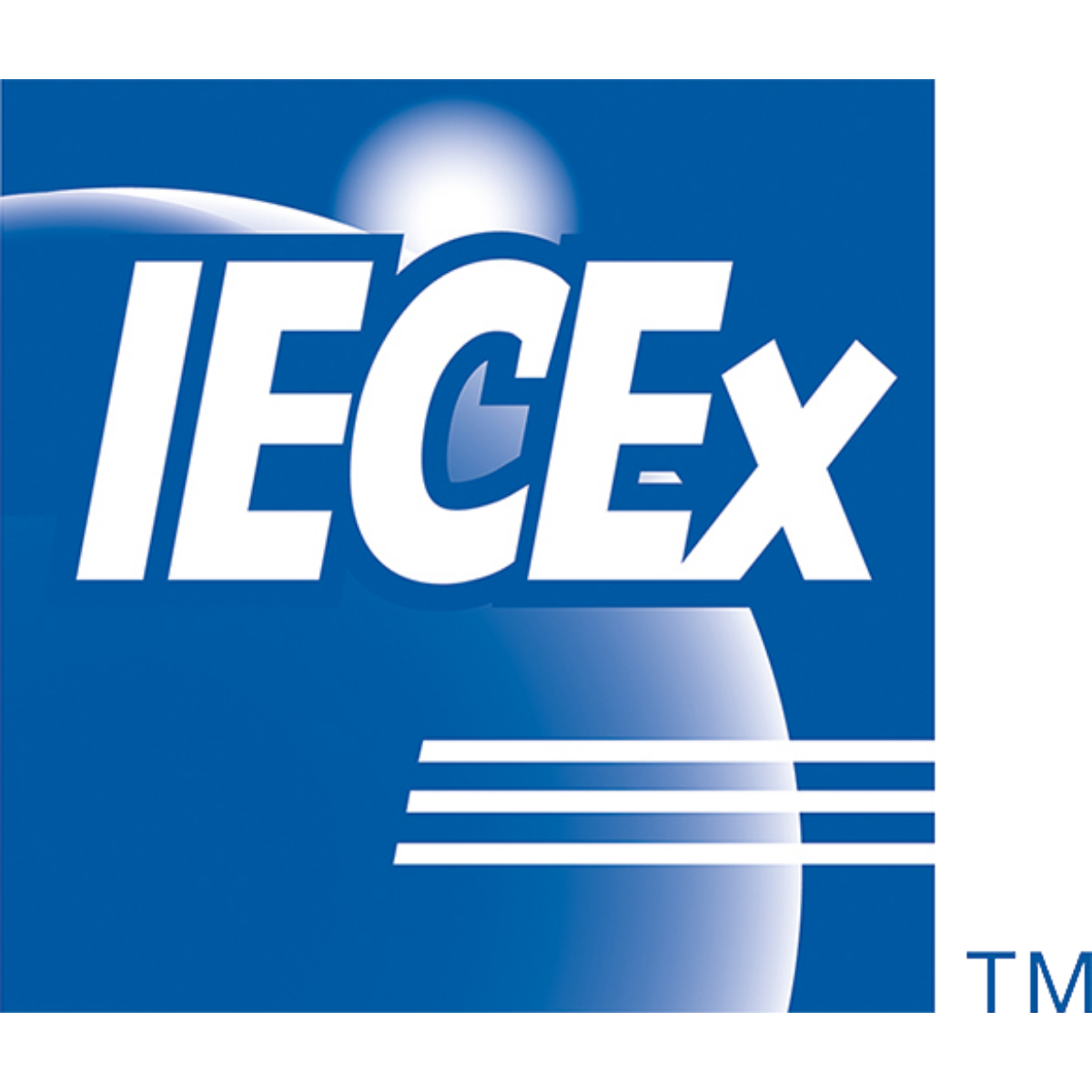Guest safety is a top priority for any accommodation facility.
In hotels, refrigeration systems located in machine rooms, walk-in cold rooms, kitchens, and occupied spaces present a potential risk if not properly monitored.
Even a minor refrigerant gas leak can quickly escalate into a dangerous situation, posing risks of asphyxiation, toxicity, or flammability, with significant consequences for operational continuity and the hotel’s reputation.
What is the EN 378 standard?
The EN 378 standard is the European reference framework that regulates safety and environmental requirements for refrigeration systems and heat pumps, defining when gas detection and alarm systems are mandatory to protect people and surrounding environments.
Its primary objective is to minimize the risks associated with refrigerant leaks.
The standard is divided into four parts:
- Part 1: General requirements, definitions, classification, and selection criteria
- Parts 2–3: Design, construction, installation, and commissioning
- Part 4: Operation, maintenance, repair, and refrigerant recovery

How EN 378 determines when gas detection is required
Compliance with EN 378 is based on the potential refrigerant concentration that could accumulate within each environment.
This value is calculated by dividing the total refrigerant charge (kg) by the room volume (m³).
If the result exceeds the “Practical Limit” defined in Annex E of EN 378, the installation of fixed gas detectors becomes mandatory.
Since this limit varies depending on the type and classification of the refrigerant, the assessment must be carried out individually for each space served by the system.
Practical Applications of EN 378 in Hotels
EN 378 specifies different protection measures depending on whether a space is occupied or unoccupied, ensuring the safety of both guests and staff in the event of a refrigerant leak.
When gas levels exceed the Practical Limit, or if a detector fault occurs, the alarm sequence must be triggered immediately, including both visual and audible notifications.
Typical applications in hotels include:
Machine rooms: audible and visual alarms inside and outside the room, automatic activation of emergency mechanical ventilation, and other safety actions.
Walk-in cold rooms and freezers: alarms inside the room (and ideally also externally), automatic activation of safety procedures, and integration with building management systems (BMS).
Occupied areas such as guest rooms, lobbies, corridors, and meeting rooms: audible and visual alarms within the space and in supervised areas, with automatic notifications and activation of response procedures.

EN 378 Requirements for Gas Detectors
EN 378 states that any suitable gas detector may be used, provided it is capable of generating the electrical signal required to activate safety measures such as alarms, ventilation, or the automatic closure of valves.
Key requirements include:
- Continuous monitoring of detector operational status;
- Automatic activation of emergency procedures in the event of a fault;
- Defined maintenance intervals, as specified in EN 378-3:2016, section 9.3.1;
- Ability to perform functional tests, as required by EN 378-3:2016, section 9.4;
- Periodic calibration and replacement of sensing elements with limited service life.
Why rely on Sensitron
In the hospitality sector, Sensitron provides specialized gas detection solutions designed to meet the requirements of EN 378.
Sensitron gas detection systems can be configured to:
- Manage local or remote audible and visual alarms;
- Automatically activate emergency ventilation and shutdown of compressors and valves;
- Communicate with BMS/BAS systems via analog or digital outputs;
- Support scheduled maintenance planning through integrated diagnostic tools.
Discover our product
Sensitron offers four dedicated detector models, fully compliant with EN 378 requirements and optimized for the needs of the hospitality sector:

SMART 3H-LITE
Designed for detecting A1 and A2L refrigerants in environments such as hotels and commercial buildings. Fully compliant with EN 378 and the F-Gas Regulation.

SMART 3 BLIZZARD
Refrigerant gas detector featuring an infrared sensor and management via the advanced SENSE interface. Compliant with EN 378-3, EU F-Gas Regulation 573/2024, and SIL2.

SMART 3R
Designed for the detection of refrigerant gases in non-classified areas, such as machine rooms and laboratories. Compliant with EN 378 and the F-Gas Regulation.

SMART 3H FM-LITE
Designed with flush-mount installation for the detection of A1 and A2L refrigerant gases in commercial buildings and hotels. Compliant with EN 378 and the F-Gas Regulation.
Our certifications
In hazardous environments where strict safety standards must be met, it is important to use certified products that comply with regulations. Discover our certifications:

ATEX
The Directive sets out the requirements and assessment of equipment intended for use in potentially explosive atmospheres.

IECEx
The IECEx system is an international certification system. It is developed by the International Electrotechnical Commission.

SIL
The Safety Integrity Level (SIL) is the ability to reduce the assessed risk by ensuring the reliability of safety systems.
Explore in virtual reality
Within the Sensitron metaverse, you can explore application scenarios reconstructed in virtual reality. Find out more about who we are and what we do, walk through a production area and learn more about the dangers associated with gas.


